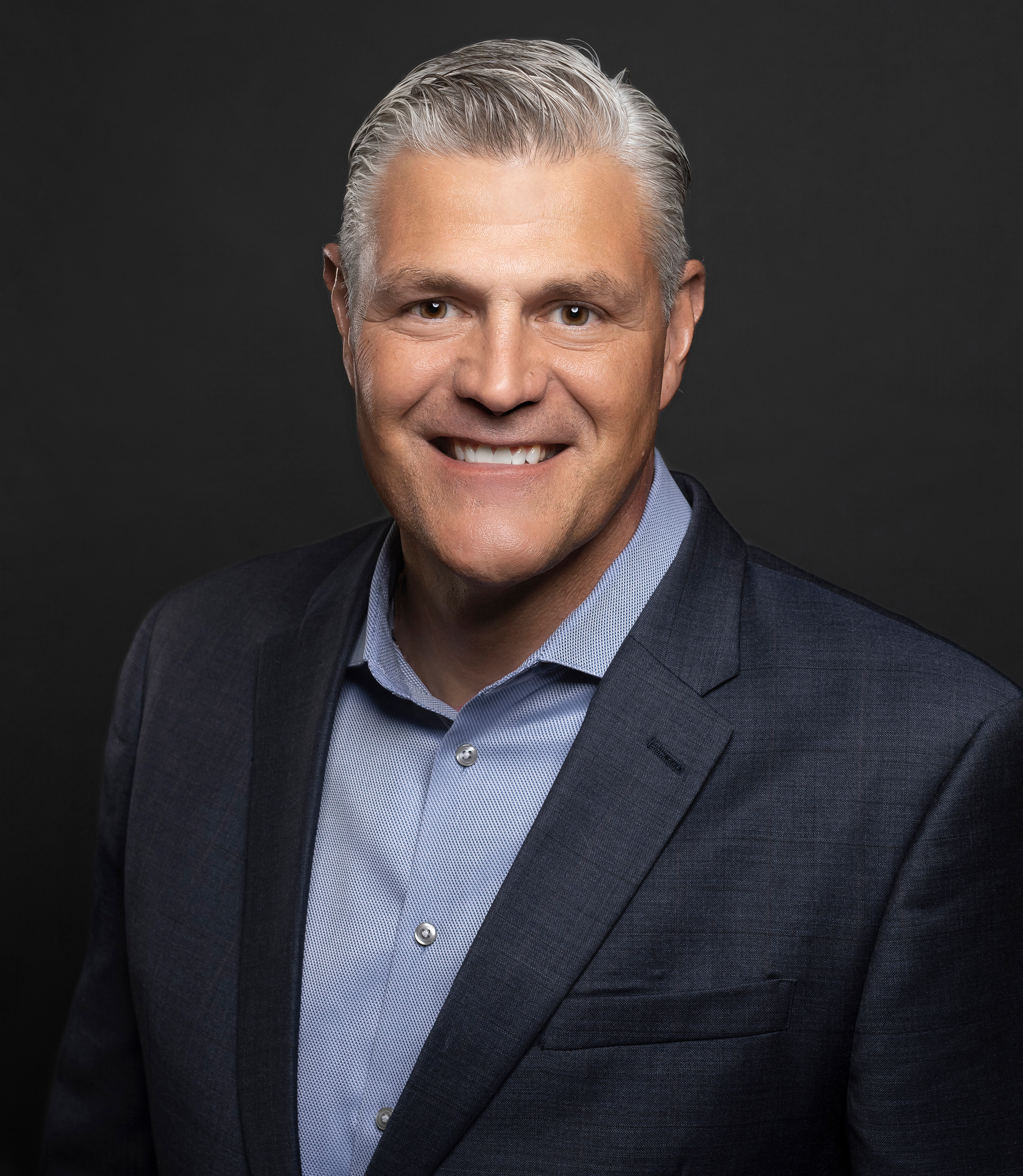
For a patient, entering a hospital’s emergency department (ED) can feel like stepping into a whirlwind of uncertainty. The fluorescent lights, sterile smells, and sea of unfamiliar faces in the waiting room blend to create an environment of unease, and describing symptoms when checking in reminds them of how unexpected their visit is. One moment, they’re living life; the next, they’re facing a medical crisis. Time seems to stretch and warp as they sit and wait, the anxiety about what’s to come making minutes feel like hours. Distrust lingers at the edges of their mind — Did I do the right thing by coming here? Will they actually know what’s wrong? Do they even care about me?
Patient perception of a hospital’s effectiveness is heavily affected by the time they spend waiting in the ED. The moments between a patient’s arrival and when they begin receiving care are critical and put the hospital in a race against the clock. Being intentional, thoughtful, efficient, and compassionate goes a long way in conveying our commitment to making a difference for our patients. Swift diagnoses and timely resolutions communicate our commitment to care for patients and gives them confidence, while long wait times, poor communication, and lack of coordination reinforce the opposite.
Hospital leaders place enormous emphasis on this “arrival-to-care” time. Improving wait times promotes good throughput by efficiently moving patients through the hospital. Care gaps close, and patients leave experiencing better outcomes and fewer readmissions. On top of that, the Centers for Medicare and Medicaid Services (CMS) uses arrival-to-care time as a measure of quality. If leaders aren’t focused on emergency department efficiency and timeliness in care hospital reputation and overall performance suffer.
Customization is key
So, how do you solve a problem nearly all hospitals struggle with? Elevated arrival-to-care times cannot be fixed with one-size-fits-all solutions because the roots of the issue are unique to every emergency department. One location may struggle with a lack of hospital beds, while another could be experiencing a nursing shortage. Customized strategies are best for accommodating an ED’s specific needs.
Intentionality is the strongest weapon in the war against wait times, and it begins with meeting a hospital’s ED where it’s at. Assessing an ED’s footprint, resources, complexity, staff, patient population, and more is the first step to pinpointing limitations in an arrival-to-care process. From there, it’s all about implementing different solutions to reach the same goal — getting patients in front of a clinician as fast as possible.
Untangling triage
While not an issue at every emergency department, the traditional triage model is a frequent bottleneck that negatively impacts arrival-to-care times. Wait-time odds are stacked against triage patients from the get-go due to a common bias that they are “less sick” than patients arriving via hospital transport. The multi-step triaging process sends a patient back and forth from the waiting room multiple times. Each wait starts to feel longer than the last, and the patient may need to repeat their symptoms multiple times to different clinical team members.
One solution to the traditional triage model is rapid medical examination, or RME, which rapidly reduces arrival-to-care times. This model is an efficient team triage with nurses and clinicians conducting the assessment together and coordinating and connecting care at the bedside right from the start. From there, a split flow places patients into a correct zone based on acuity. High-acuity patients receive the most immediate care, while low-acuity patients may be asked to wait for a room. This wait is less likely to stain their experience since care has already been initiated, making them feel important and confident. This one-team approach embodies the intentionality required to see these improvements.
Collaborative ED throughput with intention
An efficient emergency department can truly improve a hospital’s reputation with its patients, clinicians, and leaders, and those results grow exponentially when that efficiency extends to integrated emergency and hospital medicine departments.
In the ED, this means placing just as much emphasis on speed in both care and discharge. Whether it be labs, scans, or assessments, the faster we can get that information, the faster we can treat patients. From there, structured discharges move patients to where they need to be quickly and safely — either into the hospital or home.
With integrated emergency and hospital medicine programs, coordinated care handoffs to an inpatient hospital team are smooth with limited delays. Collaboration between Sound’s emergency and hospital medicine clinicians improves the care coordination for the patient and throughput for the hospital.
Rather than passively staffing, At Sound, we strive to bring better to the bedside through transformational leadership, clinical excellence, and a culture of teamwork. Sound owns its teams’ performance, bringing expertise and internal accountability to facilitate hospital improvement. When we engage with our partners to find solutions that work for them, we’re able to improve collaboration, throughput, and care coordination. Championing the local ED is at the core of our partnerships, and Sound’s national resources elevate hospitals based on their unique circumstances. Patients feel the effects of our teams’ care coordination, efficiency, and compassion at every point in their ED journey, and what is good for them benefits the hospital as a whole.
